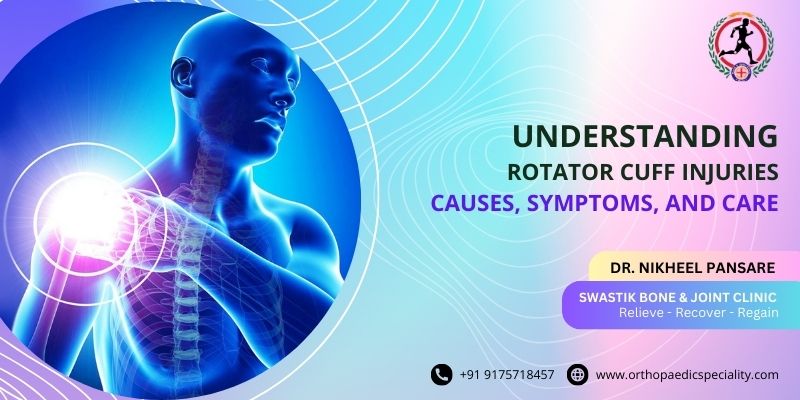Knee replacement surgery, also known as total knee arthroplasty (TKA), is a common procedure that involves replacing the damaged surfaces of the knee joint with artificial implants. While TKA is a highly successful surgery that can significantly improve pain and mobility, it is important to understand the recovery process and potential variations.
General Recovery Pattern
The recovery pattern after knee replacement surgery typically follows a general timeline:
0-2 Weeks:
Focus on pain management and swelling reduction
Start gentle range-of-motion exercises
Use assistive devices such as a walker or crutches
2-4 Weeks:
Gradually increase weight-bearing activities
Continue range-of-motion exercises and start strengthening exercises
May transition to a cane or no assistive device
4-6 Weeks:
Increase range-of-motion and strengthening exercises
Return to most daily activities
May start driving, depending on the surgeon’s recommendations
6-12 Weeks:
Continue strengthening and flexibility exercises
Gradually return to more strenuous activities, such as jogging or sports
Variations in Recovery
While this is a general guideline, individual recovery rates can vary significantly. Factors that can influence recovery include:
Age: Older patients may experience slower healing and may require more time for rehabilitation.
Overall health: Preexisting conditions such as obesity, heart disease, or diabetes can prolong recovery.
Type of surgery: Some surgical procedures may require longer recovery times than others.
Compliance with physical therapy: Regular participation in physical therapy is crucial for optimal recovery.
Pain tolerance: Pain levels can vary from person to person, affecting the pace of recovery.
Factors Affecting Recovery Pace
Apart from the individual factors mentioned above, certain aspects of the recovery process itself can also influence the pace of recovery:
Pain management: Effective pain management allows for increased activity and participation in rehabilitation.
Swelling reduction: Reduced swelling promotes better movement and range of motion.
Scar tissue formation: Excessive scar tissue can restrict movement and prolong recovery.
Muscle strength and endurance: Stronger muscles support the knee joint and facilitate rehabilitation exercises.
Managing Expectations and Seeking Guidance
It is important to manage expectations and understand that recovery is a gradual process. Not everyone will achieve full recovery within the same timeframe. Regular communication with your doctor and physical therapist is essential to monitor your progress and address any concerns.
The Importance of Physical Therapy
Physical therapy plays a pivotal role in knee replacement recovery. A physical therapist will design a personalized exercise program to help you regain range of motion, strengthen muscles, and improve balance and coordination. Consistent attendance and adherence to the exercise program are crucial for optimal outcomes.
Conclusion
In conclusion, understanding the knee replacement recovery pattern and variations is crucial for individuals considering or undergoing this surgery. Following a structured rehabilitation plan, adhering to post-operative care guidelines, and choosing the right surgeon are key elements that contribute to a successful recovery. Dr. Nikheel Pansare at Swastik Bone & Joint Clinic stands out as the best knee replacement surgeon in Viman Nagar near Kharadi, Pune, ensuring patients receive top-notch care throughout their recovery journey.
Click here for more information about Preventing Shoulder Instability









